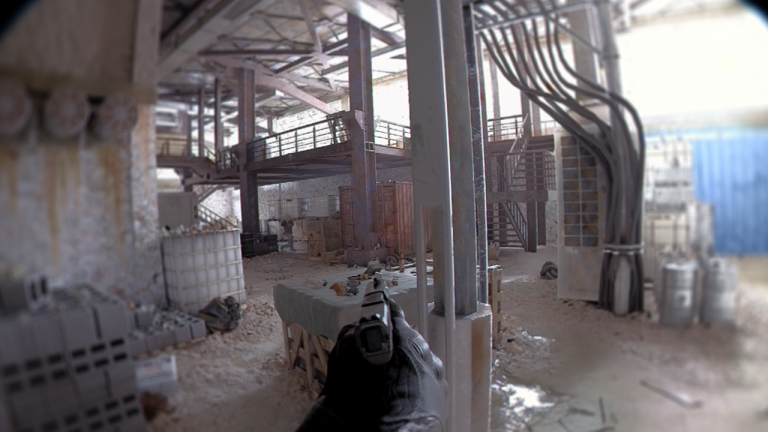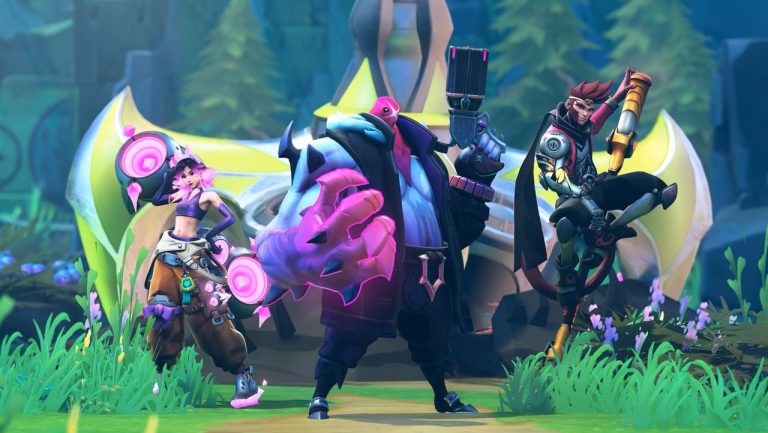Blizzard is about to take a sledgehammer to the way Overwatch 2 is played. The change will take effect when season 9 launches later this month.
For the first time in the hero shooter’s history, every tank and DPS hero will heal themselves, loosening their reliance on support in a match. Through a new passive ability, tanks and DPS will gradually regain their health outside of active combat. It will be a “tuned-down version of the support self-healing passive,” game director Aaron Keller wrote in a blog post today. In addition to this, more changes to reduce “damage spikes in combat” will be detailed in another blog post closer to the season’s launch.
If I had to describe the current state of Overwatch 2’s balance in one word it would be turbulent. The most recent season introduced a new tank hero, Mauga, who inexplicably had the killing power of a Bastion, the robot who turns into a literal machine gun. Mauga single-handedly ruined games for matches of all skill levels because of how quickly he oscillated between the world’s most fragile tank and the world’s most lethal tank. Counter play was near impossible. The only answer was to buy him yourself and shoot back until someone won. Season 8 of Overwatch was a nightmare until Blizzard dropped a bucket of nerfs onto him this week that lead hero designer Alec Dawson said “may be harsher than what’s necessary.”
Mauga actually has an ability to heal himself already when he deals damage. In fact, most tanks have ways to buffer their health with shields or healing. While I realize it’s necessary in a world where teams no longer have a second tank to protect them, a self-healing passive for all three roles is a band-aid fix that will teach players to be more independent than they already are.
The change is the first explicit step toward untethering support players from their team.
Overwatch used to celebrate teamwork and now it’s a nasty little burden that every balance change and hero release seems targeted to alleviate. By minimizing the opportunities for support to step in, the distinction between all three roles blurs and the web that holds a team together dissolves with it. Instead of an arena for balletic expressions of teamwork, changes like this flatten Overwatch into a cartoony firing range.
No matter how strong the new tank and DPS passive turns out to be, the change is the first explicit step toward untethering support players from focusing on their team, an essential reason why anyone would want to play the role in the first place. Keller says the passive should “take some of the pressure off support players to keep everyone alive since individual players now have more control of their own health pool.” The goal, he writes, is to make Overwatch “a little less frustrating” when your team isn’t working together.
(Image credit: Activision Blizzard)
“We still want Overwatch to be defined by team strategy and mechanics, but we feel this can be pulled back a bit now and possibly more in the future,” he wrote.
Blizzard has spent the entirety of Overwatch 2’s existence trying to find a balance between the strict teamwork that was foundational to the original Overwatch and the lone-wolf playstyle that attracts solo players. Through numerous changes and reworks to its maps and heroes, Overwatch 2 has become a much faster and lethal game. Encounters that would last minutes as teams took positions in a map like a game of chess now last seconds with the speed at which one or two players can wipe everyone out from any angle. It was hard enough trying to understand what was going on while watching an Overwatch match in 2016 and now it can be just as hard when you’re actually playing it. Passive self-healing across the board runs the risk of making the game even more chaotic when you don’t need to stick around and wait to get healed.
To combat this growing instability, Blizzard has been experimenting with a dynamic spawn system that forces you to respawn alongside your teammates. In Season 9, it will be tweaked to “make the effect more prominent.” Keller said the Overwatch team has been toying with other features to encourage teamwork, including the ability to see ally health bars on your screen like you can in the game’s PvE modes. The addition of party frames, as they’re called in MMOs and MOBAs, are “likely,” Keller added.
This news, along with a limited time sped up version of Quick Play this weekend, makes it seem like Blizzard isn’t sure what direction to take Overwatch in and is leaving it to players to beta test over the course of this year.
(Image credit: Tyler C. / Activision Blizzard)
“When I look at the future of Overwatch, a year or two out, I don’t see the exact same game that we’re playing now, but with a few more heroes and maps added to it,” Keller wrote. “The game should always evolve with new systems and features that serve our players.”
It’s a risky move for a game that already has a steep learning curve.
Frequent shifts in the meta come with the territory for live service games, but the kind of fundamental changes that Keller posits will likely change the very definition of what it means to play Overwatch, a game still filled with systems—like the competitive ladder and Hero Mastery courses—that incentivize internalizing its ruleset.
It’s a risky move for a game that already has a steep learning curve. Major seasonal rule changes make it harder to experience those euphoric moments where you successfully deploy all your accrued tactical knowledge to change the course of a match. Or worse: it diminishes the point of learning any of it in the first place. As we saw with Mauga, upsetting the balance can make the game worse for everyone. If Blizzard overcorrects too many times, players might start to lose their patience as they scramble to keep up with a game that can’t seem to figure itself out.












